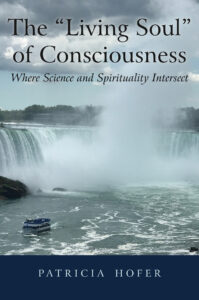Doctrines are confusing–Christ is clear.
What CS Lewis considers to be two levels of faith seem, to me, more accurately to be two ingredients of faith. The first is belief, which, in his first chapter on faith, Lewis describes as “accepting or regarding as true the doctrines of Christianity.” He later illustrates the role Christian doctrine plays by using this analogy in his chapter “Making and Begetting”: “Doctrines are not God: they are only a kind of map. But that map is based on the experience of hundreds of people who really were in touch with God—experiences compared with which any thrills or pious feelings you and I are likely to get on our own are very elementary and very confused” (Mere Christianity).
…People can appreciate the ocean while walking on the beach, according to Lewis, but they can’t get more than a “single isolated glimpse” without a map. And if they want to travel on the ocean, to experience its immensity, the map is essential. … But that doesn’t mean that we should get preoccupied with doctrine, as if having the right map is all there is to Christianity. Since the purpose of this belief structure is really more of an opportunity for Christ to connect with us rather than a way for us to find him, our choice of denomination is not as important as one might at first think. The Saviour is more than willing to make up for any differences there could be. And, eventually, no matter which “map” we use, we’re going to have to find the courage to “launch out into the deep” (Luke 5:4). Why? Because that’s what following Christ is about. (Power of Yielding 74)


Leave a Reply